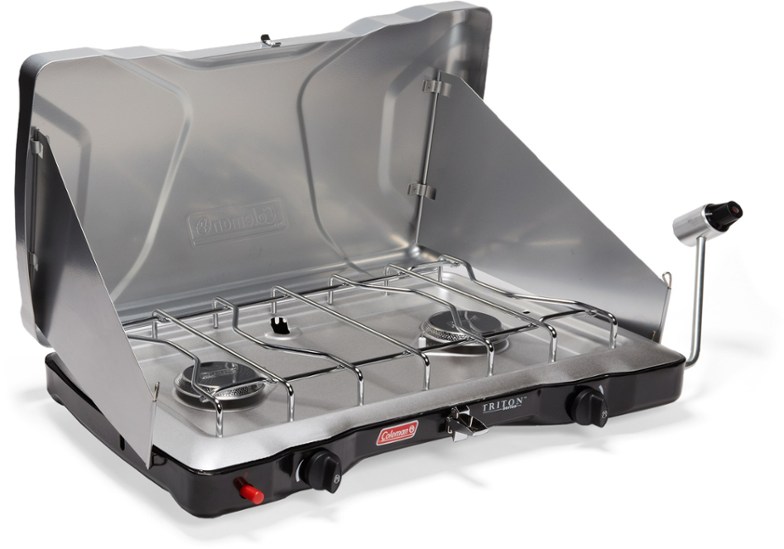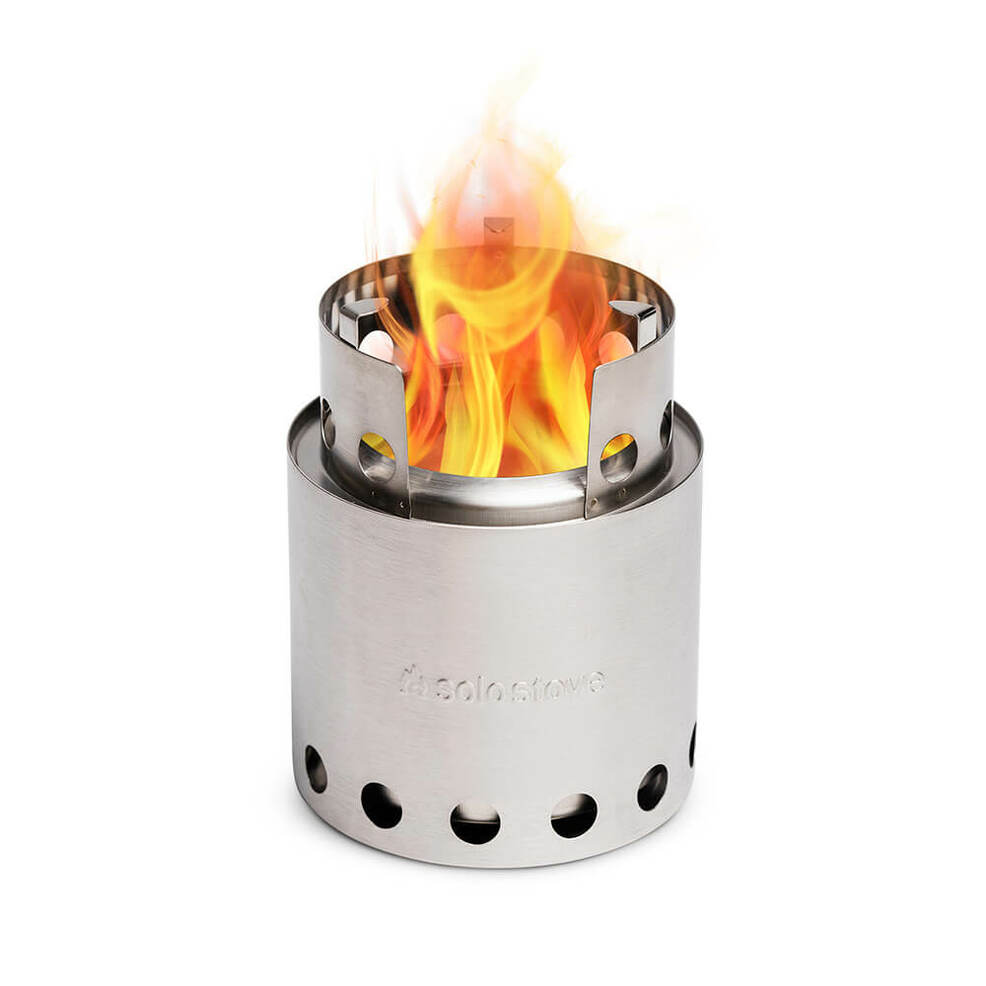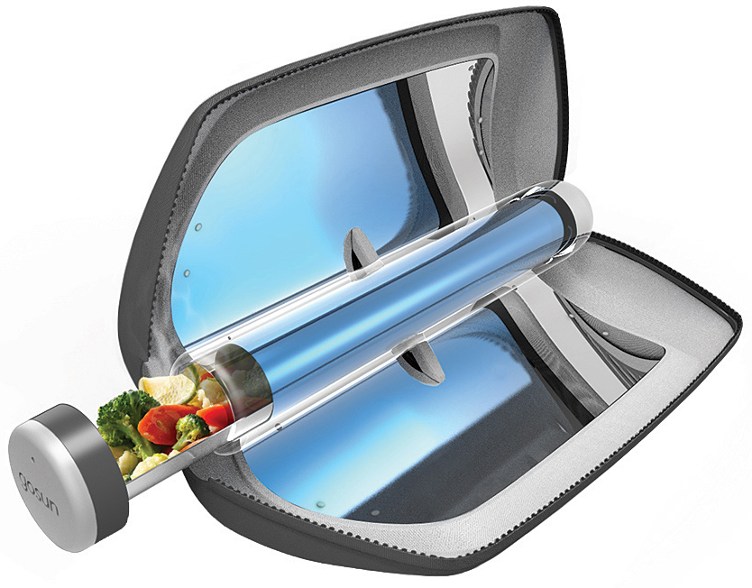‘I’m a Forest Ecologist, and This Is the Smart Way To Make a Campfire’
As wildfires rage across the western United States, we're reminded that playing with fire is no joke. It's imperative to how to make a campfire properly while you're a guest in the forest—if fires are allowed at all.
Ed Smith, a forest ecologist and fire manager for The Nature Conservancy in California, is currently leading efforts to increase the quality and scale of ecological restoration of forests in the Sierra Nevada Mountains. Fire is one of the oldest elements used to maintain a region's health and biodiversity. But when it's not controlled, fire quickly destroys our pristine forests, ravages its ecosystems, and, in some cases, threatens nearby homes.
- Ed Smith, Ed Smith is a forest ecologist and fire manager for The Nature Conservancy in California. He's currently leading efforts to increase the quality and scale of ecological restoration of forests in the Sierra Nevada Mountains.
"The forests have changed. They've accumulated a lot more fuels and there's a lot more trees than there were before. As a result, we have very high-flammable or risky forests that we're surrounded by," says Smith. "Our work is to try to tie together the health of our ecosystems, our environment, and our human health."
An expert on all-things fire, Smith has some pointers for building a campfire out in the wilderness. It doesn't matter if you're backpacking for weeks out in the bush or are car camping for a weekend with your friends—fire safety is key wherever you go. Keep reading to learn how to make a campfire with forest ecologist's tips at every step.
{{post.sponsorText}}
How to build a forest-friendly campfire in the backcountry
1. Know the rules
As with any outdoor excursion, you need to do your homework before you get off the beaten path. Every campground, park, and trail system is different, and you need to know the rules about fire safety before you pack out.
For example, in California, you need to have a permit to burn a campfire when camping on national forest lands. "Even if you're cooking on a gas stove, you have to have a permit," he says. "You just fill out a couple of things online and pass a test, and then you can print your own permit. It's not a big deal but it helps to raise awareness about these kind of guidelines."
In other areas, campfire aren't allowed. Period. Whether you're planning a weekend trip to your local KOA or are heading into the backcountry for two weeks, know the rules, follow them, and plan accordingly.
2. Use native wood
If you're car camping or have booked a site at a campground, it can be tempting to buy a bundle of firewood to bring with you. Smith says this is a no-no, as the movement of firewood from outside local areas can bring in invasive species and tree-killing pests that can harm the environment. "You don't want to transport insects or diseases from one area to another," Smith says. "Use wood that's from, or close, from where you're going to burn it."
If you're going to a public campground, it's possible it will provide local firewood or have some you can buy there. If you're packing out into the backcountry, save yourself the hassle of bringing your own wood. Use dry sticks, twigs, and leaves as kindling and look for deadfall or larger logs to burn there.
3. Stick to existing fire rings
Most campgrounds, federal lands, and national parks have existing fire rings built in designated areas. From a safety point, Smith says these help contain the flames and embers to an area that's distanced far enough away from flammable organic materials.
The pre-built rings also help mitigate the risks of ash and embers staying lit in things like leaves and dirt, which can start a fire long after it's been supposedly put out. "Some forest fires have been started from burn piles that were burned in the fall. People drove away because these big burn piles—8 to 12 feet wide—looked like they were out," Smith says. Even when snow or rain falls on top of lit burn piles during the winter, the embers can stay hot deep, down below the surface. "In spring, when the wind comes across and it gets hot, the fire can escape and light back up and start across the forest. So it's a real concern and having those rings helps contain the ash."
Your best bet is to stick to the rings that are already there. If there's not a ring and you have to build your own, Smith has some tips:
- Clear a minimum of 10 feet around your fire: This will ensure stray flames and embers are kept at a safe distance.
- Move everything flammable away from the fire's edge: We're not just talking about obvious flammable things, like tents and backpacks—Smith says to look for organic materials, too, like needles and leaf matter, which you'll need to rake away from the ring's edge.
- Burn hardwood: While more difficult to light, hardwood (think: oak, maple, hickory) burns for a longer amount of time. "They last a good time, have better coals, and are tastier for cooking over," Smith says.
4. Get creative with cooking
Speaking of cooking... campfires aren't just a good source of aesthetics and warmth—they're also a primary source for food preparation. If you are allowed to start a campfire and can do it safely, Smith recommends having right equipment to cook food over a fire. Cooking accessories, like a mesh or metal grate and cooking forks are must-haves for handling food.
If you aren't allowed to start a fire, don't worry—Smith says there are many packable alternatives you can bring with you (just check what's allowed and what's prohibited). "There's gas grills that you can light and cook over infrared or direct heat, or you can get a classic cookstove," he says. "You can spend a lot of money on some of that glamping gear and have a really nice experience.
Can't start a fire? Here's what you need for camp cooking:

It’s a little bulky to pack out, but if you’re car camping or going to a campground, Coleman’s portable propane stove is a classic outdoor essential. All you need is a propane tank, but this bad boy folds out into 2 burner stove complete with push-button ignition and wind protection while you cook.

One of the OG portable cookstoves is the Solo Stove, which is small enough to fit in your backpack (it weighs less than a pound!) Instead of fuel, the Solo Stove turns sticks, twigs, and other biomass into a small flickering fire that’s perfect for boiling pots of water, heating up meals, and more.

Although it’s fairly more expensive, the Jetboil is a powerful and portable little system. Like the Coleman, it uses propane as fuel. However it’s way more convenient and easy to carry, featuring a nesting design that stacks all of its pieces into a single, convenient pack.

With the Gosun Solar Oven, there’s no gas, no twigs or biomass needed, just sun. At just 2 pounds, it captures UV light to heat up and cook food on-the-go. Wherever you can find sunlight, you can cook a hardy meal.
5. Properly put out your fire
Arguably the most important step, you need to properly put out your fire when you're finished with it. As Smith mentioned, embers can stay lit long after the flames are presumably out—it's imperative you do your due diligence in putting it out to avoid any risks.
"There's a pneumonic device that CalFire, our state agency, uses called 'Drown, Stir, and Feel,'" says Smith. He explains that the first step is to "drown", which literally means dumping water over the flames and coals (just watch out for steam and stray sparks). Second is "stir," which requires a shovel to stir the water into the embers, ensuring it smothers every lit spark and prevents those second-hand fires from happening. The last step is to "feel", which you do so by holding the back of your hand over the embers. If it's warm, keep drowning and stirring—you don't want to leave your fire until the back of your hand feels cool above the coals. "If it's too hot to touch, it's too hot to leave," Smith says. "Make sure it's cold and not smoldering or smoking."
Oh hi! You look like someone who loves free workouts, discounts for cutting-edge wellness brands, and exclusive Well+Good content. Sign up for Well+, our online community of wellness insiders, and unlock your rewards instantly.
Loading More Posts...